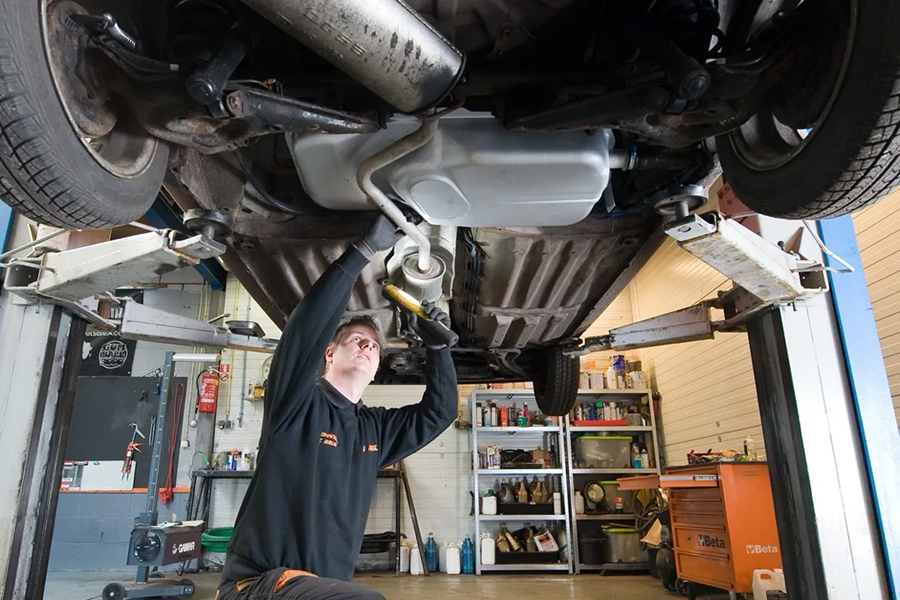
WHEN SHOULD YOU GET YOUR MUFFLER CHECKED?
You don’t usually notice your muffler until it starts complaining. Maybe your car sounds a little deeper than it used to, or there’s a soft rattle under the back seat when you hit a bump. You might even turn the radio up a little louder to drown it out. But here’s the thing, your car’s trying to talk to you. If you listen early enough, you can save yourself a lot of money and a lot of noise.
When Your Car Makes A Lot Of Noise
A healthy muffler keeps your car running quietly and smoothly. When it starts to wear out, the first clue is usually sound. That clean, even hum turns into a growl or a hollow echo. Sometimes it’s a soft rattle when you start the engine. Other times it’s a full-on roar that makes people turn their heads as you drive by. What’s happening underneath isn’t magic, it’s just metal giving way. Small cracks or rust holes form over time, and exhaust gases start slipping through. The car suddenly sounds older than it is, like it’s been through too many winters. And if you live somewhere with salted roads or a lot of rain, that rust shows up faster than you’d think.
The Shake Under Your Seat
Sound isn’t the only clue. When the muffler or exhaust pipe starts to come loose, you can feel it. The steering wheel buzzes. The floor vibrates when you hit a bump. It’s not always dramatic, sometimes it’s more like a low hum that doesn’t go away. A lot of drivers think it’s their tires or suspension, but it’s often the exhaust system knocking against the frame. Mechanics see it all the time, a loose clamp here, a rusted hanger there. Left alone, that little shake can turn into a full metal drag. Literally.
The Smell You Do Not Want
Then there’s the smell test. If your car starts smelling like exhaust inside the cabin, get it checked right away. A cracked muffler or pipe can let gases seep in, and that’s no joke. Carbon monoxide doesn’t have a smell, but if you’re catching a whiff of something smoky or gassy, that’s the warning before it gets worse. A lot of people roll the windows down and keep driving, but that’s just covering the symptom. The fix is usually quick, sometimes a weld, sometimes a replacement. But it’s never worth waiting on.
What Will A Mechanic Look For?
A quick inspection under the lift tells the story. Mechanics look for dark soot marks, cracks, or hanging pipes. They’ll tap the muffler lightly, if it sounds hollow or ratty, it’s usually rusted through inside. Sometimes a patch job can hold things together for a while. But once the metal starts flaking or the seams give way, replacement’s the smarter move. It saves you from repeat visits and more expensive repairs down the line.
Replacing a muffler isn’t the kind of upgrade people brag about, but the difference is instant. The drive feels smoother, the cabin goes quiet again, and that faint rattle disappears.

